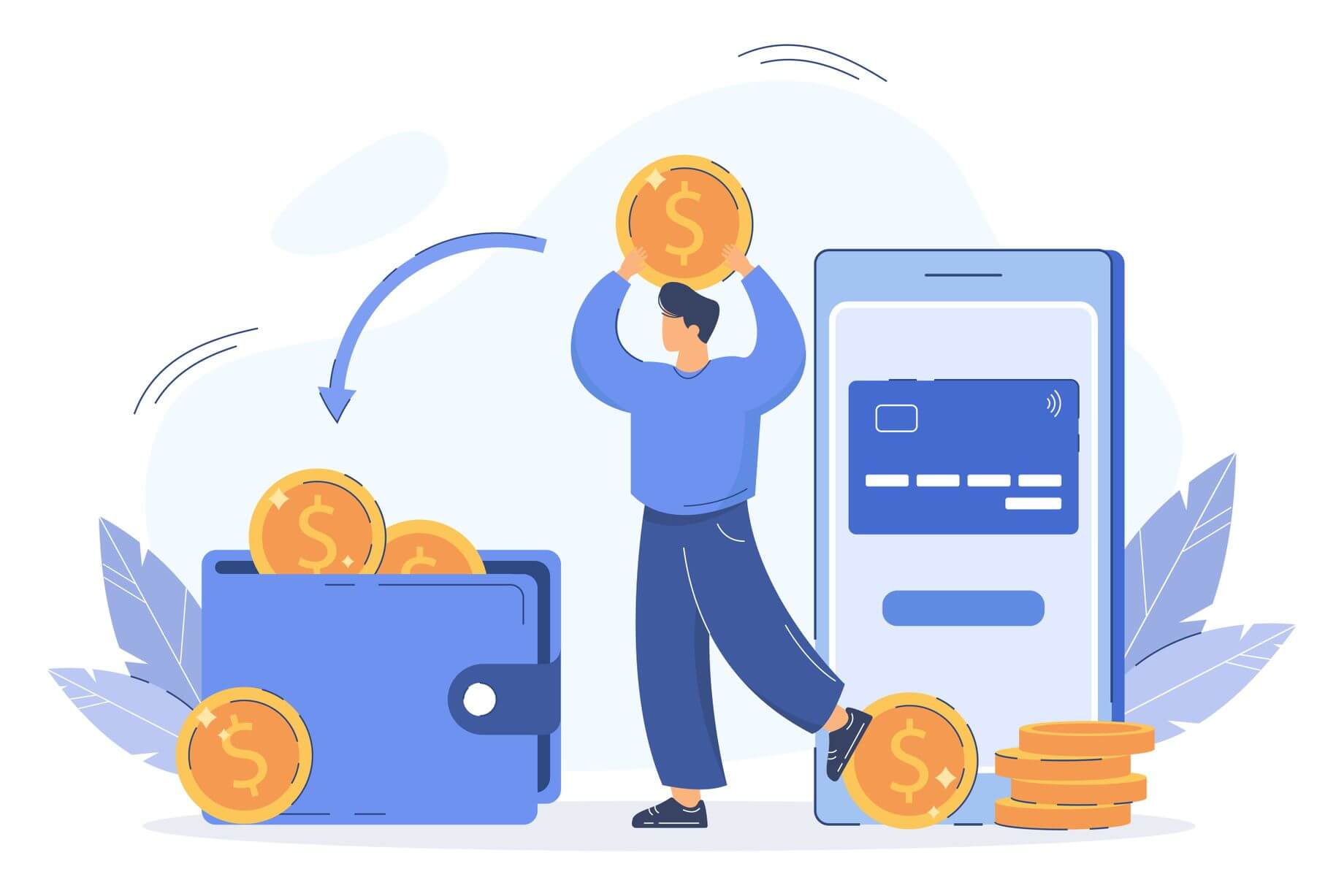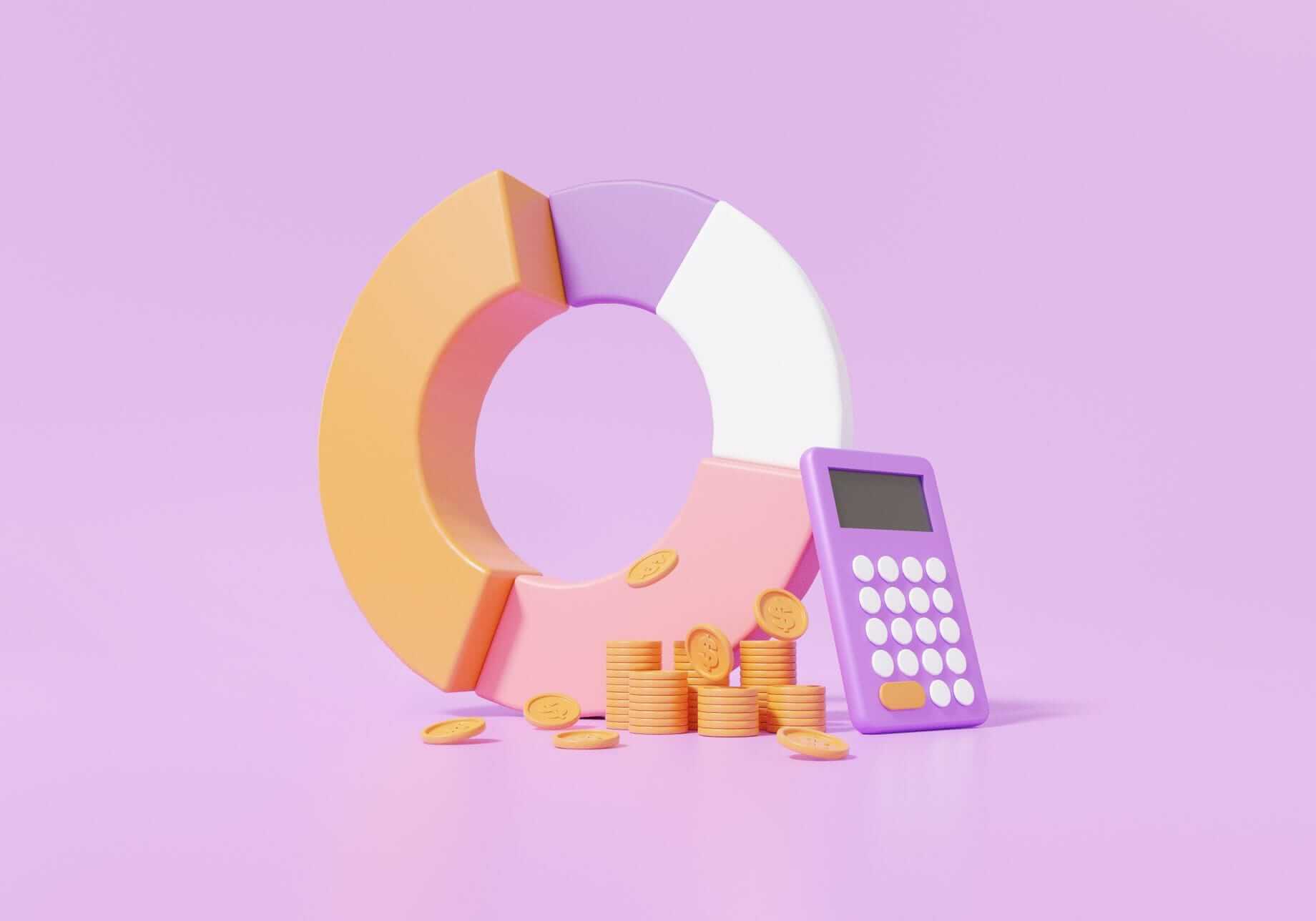Financial Detox: How to Save Money After the Summer Break

Summer is fun, but it can also be very expensive. By following these few simple steps, you will learn how to budget and retrain your brain to save money.




Summer is fun, but it can also be very expensive. By following these few simple steps, you will learn how to budget and retrain your brain to save money.


